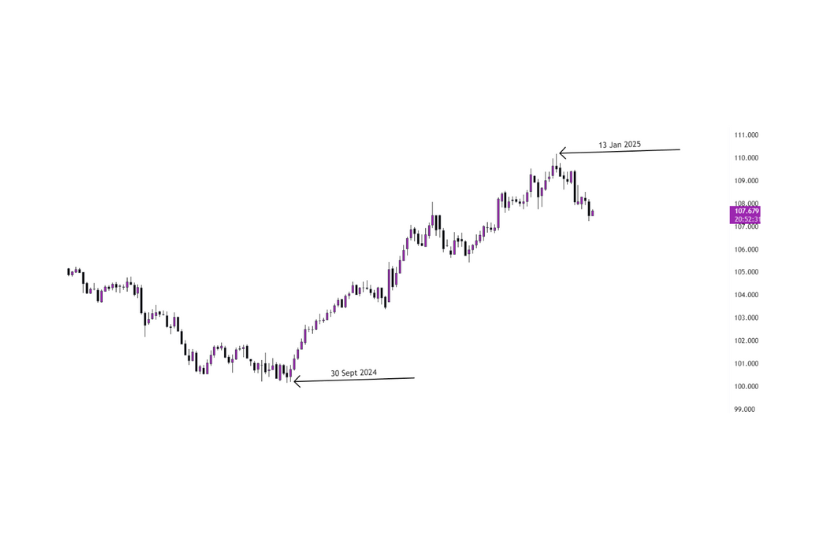交易
平台和工具
- MetaTrader 4
- MT4移动端应用程序
- MT4网页版
- 多账户管理器
- MetaTrader 5
- TradingView
- TradingView 移动版
- cTrader桌面版
- 移动版 cTrader
- cTrader网页版
- 多账户管理器
- DupliTrade
MetaTrader
TradingView
cTrader
更多平台

